Can Anything Be Done About Age-Related Macular Degeneration?
Is it time for you to see an eye doctor about your eyesight? You may be surprised to learn that one of the most common and important issues affecting older adults isn’t a disease, but a condition called age-related macular degeneration (AMD).
Macular degeneration, also called age-related macular degeneration, is an eye disease that can blur the sharp, central vision you need for reading, driving, and seeing faces clearly. Read on as a Camarillo, TX optometrist discusses AMD and how it’s treated.
Age-Related Macular Degeneration – What Is It?
Age-related macular degeneration (AMD) is a condition that causes progressive damage to the macula, which is the part of your retina responsible for sharp, straight-ahead vision.
The retina consists of millions of light-sensitive cells, called photoreceptors. The photoreceptors are responsible for converting images into signals that are sent to the optic nerve and then on to the brain. The macula is located in the center of your retina and is responsible for your sharp central vision.
AMD causes damage to these photoreceptors, resulting in blurred or distorted vision.
Symptoms to Watch for
The most common symptoms of AMD are:
- Blurred or fuzzy vision
- Loss of side (peripheral) vision
- A gray, haze-like spot in your central vision
- Flashes of light in your peripheral vision
Other symptoms include:
- Color distortion (seeing colors differently than they really are)
- Difficulty reading or recognizing faces from close up
AMD can cause vision loss in both eyes, but it’s more common in one eye.
Types of Age-Related Macular Degeneration
The most common types of age-related macular degeneration are wet and dry AMD. In wet AMD, new blood vessels grow under the retina, which can damage the macula. This can cause vision loss and reduce the ability to see central vision.
In dry AMD, cells in the macula start to break down but no new blood vessels form. This causes a yellowish spot in your central vision that may make it harder for you to read or recognize faces.
Treatment for Age-Related Macular Degeneration
Treatment for macular degeneration varies depending on the type and stage of the disease, but may include:
- Prescription eye drops
- Laser surgery (using a low-level laser to destroy abnormal blood vessels that supply the retina)
- Photodynamic therapy
- Stem cell therapy
- Nutritional supplements
Without treatment, the condition may progress to complete blindness. If you’re worried that you may be at risk for age-related macular degeneration, talk to your eye care professional.
If you have more questions or wish to schedule a consultation, please feel free to call our Camarillo, CA optometry office today.

